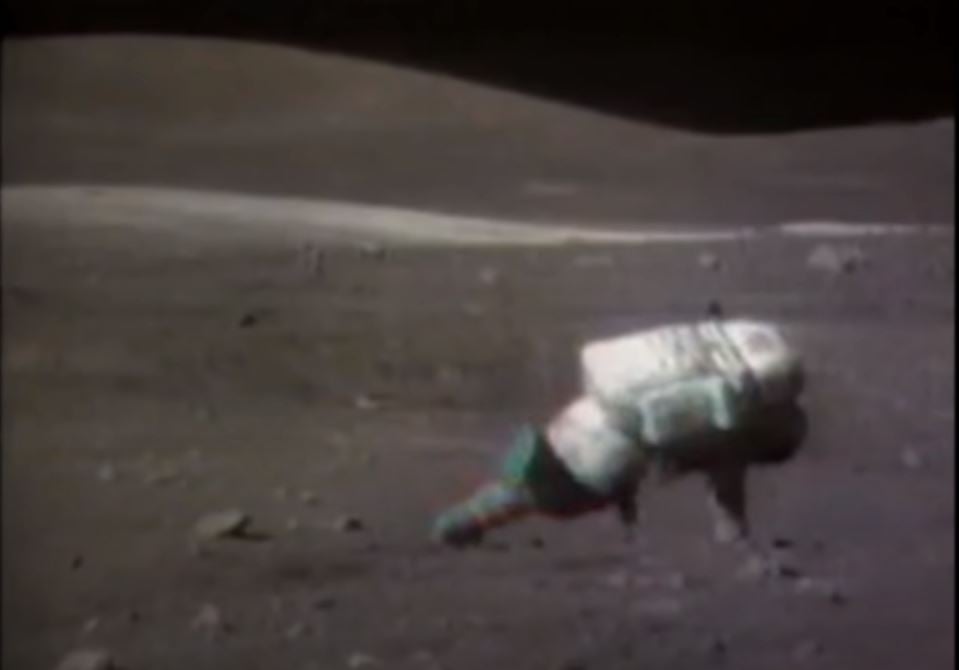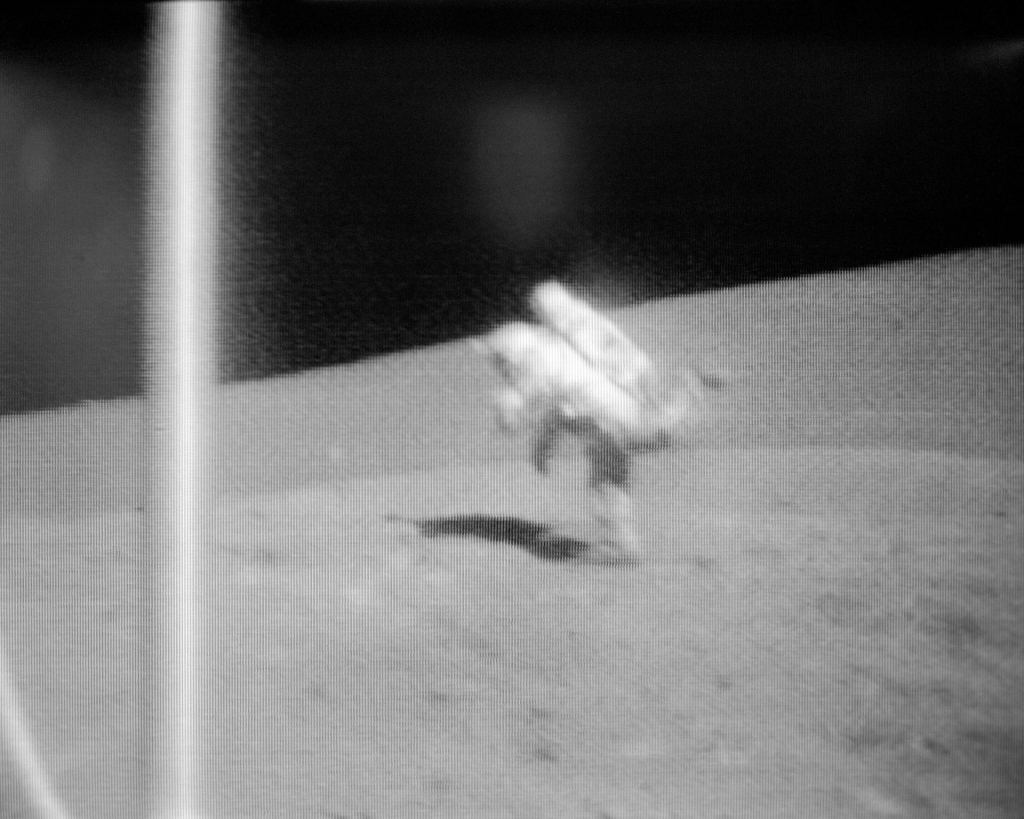The Apollo astronauts walked on the Moon, yes. But they also hopped, bounded, and shuffled. And sometimes they fell, spectacularly. That caused a lot of consternation back on the Earth, especially for the engineers who designed the Apollo spacesuits.
James McBarron was an aerospace technologist who worked on spacesuits for every NASA program, from Mercury to the International Space Station. I asked him what his biggest concern was when Neil Armstrong and Buzz Aldrin first stepped upon the surface of the Moon in July of 1969.
"I was worried they would fall, and not be able to get up," McBarron said. "The suit wasn't that mobile, and it was a known concern. As it was, on later missions we did have several crew members who fell, but they were able to get up. It just took a little dexterity and creativity."
Since we all could use a little humor these days, enjoy this supercut of the Apollo astronauts falling (and demonstrating their dexterity) on the Moon.
McBarron noted that for Apollo, the spacesuit was one of the major pieces of equipment that had to function for virtually the entire mission -- during launch, during docking, while landing on the moon, during the Moonwalks, and while returning to Earth during reentry and splashdown.
During all the missions, McBarron and his team members were stationed in the Mission Evaluation Room, which housed engineers who supported the people in Mission Control.
"We monitored the performance of the suit and the life support system for each crew member," McBarron said. "We were available to answer questions that came from the Mission Operations Control Room (MOCR) or the EVA flight director in the MOCR, in case they had any questions. We monitored all the systems, such as how much oxygen they were using, making sure everything was working perfectly."
The difficulty of moving about while wearing a bulky spacesuit in a low gravity environment was an unusual experience, and it took time for the astronauts to figure out how to maneuver in the most efficient manner. Sometimes, they used a combination of hopping and walking, or running and shuffling. And as shown in the video, when they figured it out, they could become giddy. Using normal steps, they sometimes would fly up into the air and fall over.
After the missions, the spacesuit team wrote detailed reports about the spacesuit functions, and also wrote specifically in reports called "Motion Studies" (here's one from Apollo 15, and another from Apollo 16) about astronauts losing their footing, what the causes were and how they were able to recover their standing upright status.
Those studies will certainly come in handy if NASA returns to the Moon with Project Artemis.
 Universe Today
Universe Today

